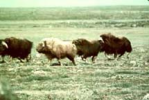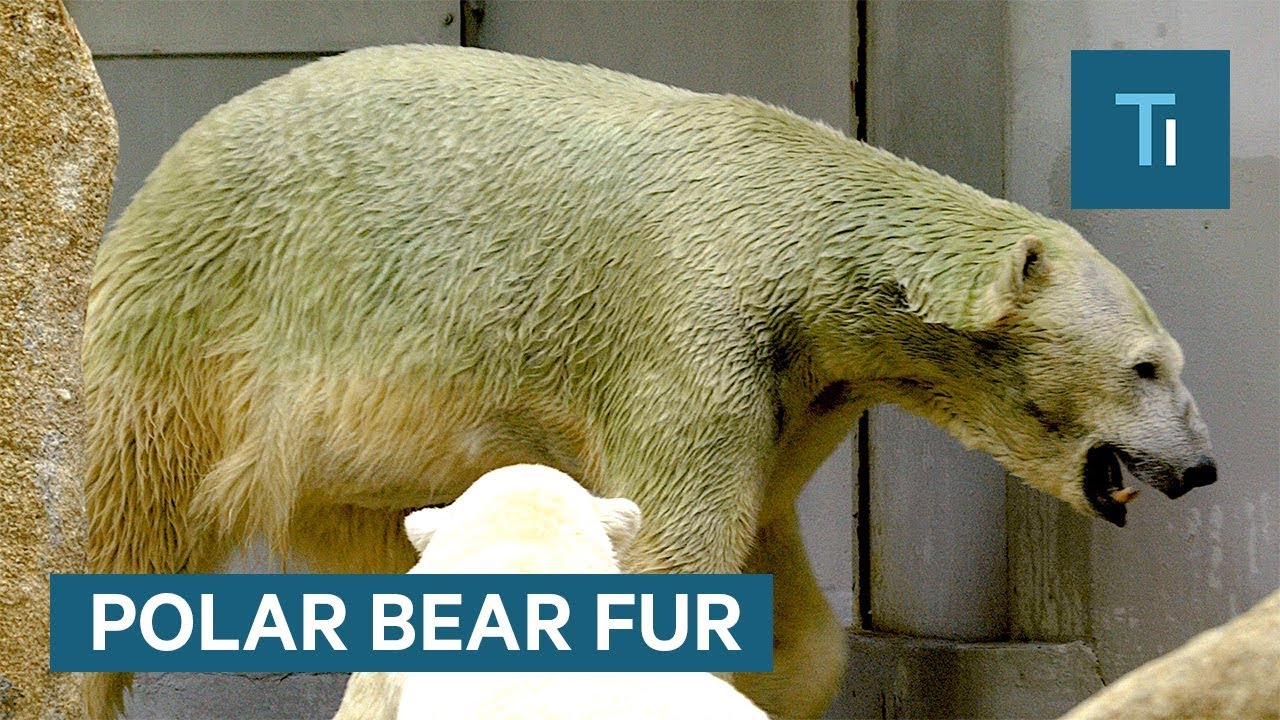Irreducible complexity
Michael Behe, Professor of Biochemistry at Lehigh University in Pennsylvania, says he believes all lifeforms on Earth have evolved from a common ancestor, although the Darwinian hypothesis does not explain the differences between species. However, individual components of the first cell, and the elaborate and interconnected biochemical pathways of their production, are irreducibly complex: if they are missing just one of their parts they cannot function. They could not have evolved by an [Ultra]Darwinian mechanism because that depends upon natural selection from a variety of mutants at each step in the pathway, and each step must be viable. The evidence he cites includes the systems that target proteins to specific sites within the cell and the bacterial flagellum.
† This latter, for example, consists of a dozen or more proteins; no intermediate stage is viable as a functioning unit.
He says he was forced to conclude that the first form of life, the common ancestor cell, could only have resulted from intelligent design. To reconcile this with biological evolution he suggests that this first cell contained all the DNA necessary for subsequent evolution. He does not identify the designer, but says that orthodox science has rejected this conclusion because of its possible theological implications.
Orthodox evolutionists were quick to condemn Behe’s 1996 book,
Darwin’s Black Box: The Biochemical Challenge to Evolution. In his review in
Nature University of Chicago evolutionary biologist Jerry Coyne finds a clue to Behe’s reasoning by identifying him as a Roman Catholic. Most scientists, however, don’t dismiss Newton’s work on mechanics because he believed in alchemy or Kepler’s work on astronomy because he believed in astrology. A more substantial criticism is that Behe fails to take sufficient account of mechanisms other than sequential steps for the production of cell components, like the co-option of components evolved for other purposes, duplicated genes, and early multifunctional enzymes.
In the case of the bacterial flagellum, for example, microbiologist Mark Pallen and evolutionary biologist Nicholas Matzke point out that there is not just one bacterial flagellum but thousands, perhaps millions, of different flagella today; hence “either there were thousands or even millions of individual creation events…or…all the highly diverse contemporary flagellar systems have evolved from a common ancestor”. Evidence for the evolution of bacterial flagella includes the existence of vestigial flagella, intermediate forms of flagella, and the pattern of similarities among flagella protein sequences: almost all of the core flagellar proteins have known homologies with non-flagellum proteins, suggesting that flagella evolved from combinations of existing cellular components.
Both Coyne and Brown University biologist Kenneth Miller note that Behe concedes that some components of the first cell could have evolved by an [Ultra]Darwinian mechanism but requires that all biochemical features would have to be explained by natural effects before intelligent design is disproved. Because of the difficulties in obtaining evidence, it is impossible to prove that all are not. Hence, they argue that Behe’s claim is not falsifiable and therefore not scientific.
Science’s inability to explain
Behe’s claim is a particular example arising from a more general problem, the inability of science to explain certain phenomena. This was articulated by Fred Hoyle, a confirmed atheist. It was atheism that motivated Hoyle to search for an alternative to the Big Bang theory, but when he came to consider how life emerged on Earth he famously compared the random emergence of even the simplest cell to the likelihood that “a tornado sweeping through a junk-yard might assemble a Boeing 747 from the materials therein”.
By the time he gave the Royal Institution’s Omni Lecture in 1982 he had concluded :
If one proceeds directly and straightforwardly in this matter, without being deflected by a fear of incurring the wrath of scientific opinion, one arrives at the conclusion that biomaterials with their amazing measure of order must be the outcome of intelligent design….[P]roblems of order, such as the sequences of amino acids in the chains [that constitute cell proteins]…are precisely the problems that become easy once a directed intelligence enters the picture.
I’m not aware that Hoyle converted to any religion, but his later writings suggest he considered that some superior intelligence governing the universe is inferred by phenomena science cannot explain. And herein lies the problem. Just because science cannot explain a phenomenon now, it does not follow that science will never be able to explain the phenomenon. Equally, it does not follow that science
will be able to explain the phenomenon in the future, as some materialists like Richard Dawkins assert.
Since evidence can neither prove nor disprove intelligent design as the origin of life on Earth, the test of reasonableness is best applied by examining consistency with other evidence, which in this case is the pattern of human understanding of natural phenomena. Historically, most humans have invoked a supernatural cause for natural phenomena they do not understand at the time. Thus the Greeks of the warring city states of around the tenth to the fifth centuries BCE did not understand what caused lightning and thunder, and so they attributed these powerful and awe-inspiring occurrences to the most powerful god in a pantheon of superhumans who reflected the hierarchy of their own society.
As science developed in a Western society that was predominantly Christian, its empirical reasoning filled gaps in our understanding of natural phenomena and progressively removed the need for supernatural explanations. Thus the Earth was no longer something God had created as the centre of the universe and the Sun was no longer something God had created to illuminate the Earth between periods of darkness.
The realm of the gaps—and hence the realm of the transcendent creator God—continued to diminish as science’s explanatory power increased, and God was continually pushed back towards being the ultimate, rather than the direct, cause of natural phenomena. (I am using here the mainstream Christian concept of God because science from the sixteenth century developed mainly in the Christian West. Other religions and cultures have different views of God or gods, and some hold that a creative Cosmic Spirit is both immanent and transcendent, rather than immanent for only 33 years in one person of a transcendent Trinitarian God.)
While there is no guarantee that this pattern will continue, the most reasonable approach to understanding the emergence of life on Earth is that, while keeping an open mind, we should seek a natural explanation rather than invoke a supernatural cause like God or intelligent design.



